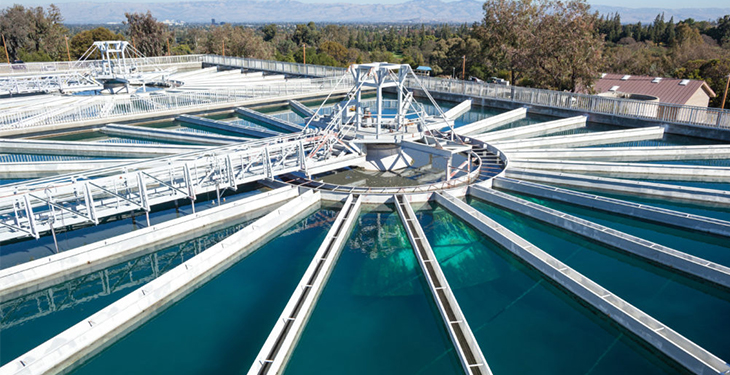When it comes to maintaining the efficiency and longevity of Reverse Osmosis (RO) systems, choosing the right cleaning agent is only part of the equation. The real secret lies in tailoring the cleaning process to the specific needs of your system. For systems utilizing RO membranes, a Reverse Osmosis Membrane Special Alkaline Cleaning Agent is often the go-to solution. However, the effectiveness of this cleaner is highly dependent on various operational factors, such as water production, system pressure differences, and the desalination rate. Understanding how to customize cleaning plans according to these variables is crucial for ensuring optimal system performance.
First, it’s important to recognize that every RO system is unique. Factors like feedwater quality, temperature, and the amount of fouling or scaling that occurs over time can dramatically affect the cleaning process. A one-size-fits-all approach simply won’t work. The best results are achieved when the Reverse Osmosis Membrane Special Alkaline Cleaning Agent is used in conjunction with a carefully crafted cleaning plan, one that takes these variables into account. For instance, systems with higher fouling rates may need a more concentrated solution or a higher cleaning frequency. On the other hand, systems that operate under less demanding conditions might benefit from a more diluted solution.
The correct usage and dosage of the alkaline cleaner are typically outlined in a technical cleaning plan. By closely following these recommendations, users can achieve the right balance between cleaner concentration, solution temperature, and cleaning time. In general, the Reverse Osmosis Membrane Special Alkaline Cleaning Agent should be mixed to a concentration of about 1-3% of the total cleaning system volume. This includes the cleaning tank, connecting pipes, filters, pressure vessels, and membranes themselves. The dilution ratio is usually about 1:45, ensuring the solution is strong enough to remove fouling yet gentle enough to preserve membrane integrity.

Temperature plays a pivotal role in the efficiency of the cleaning process. Warmer temperatures generally speed up the chemical reactions that break down fouling materials. However, excessively high temperatures can damage the membranes. Therefore, understanding the optimal temperature range for your system is vital. By following the guidance of a tailored cleaning plan, the application temperature can be adjusted to ensure both effective cleaning and membrane protection. A well-regulated temperature range helps improve the solubility of fouling agents, ensuring the alkaline cleaning agent works at peak efficiency.
In addition to temperature, the system’s pressure difference should be closely monitored. Pressure variations in RO systems can cause uneven fouling and scaling across membranes. For example, if certain sections of the membrane system experience higher pressure differences, they may accumulate more fouling, which requires more frequent or concentrated cleaning. By understanding the pressure patterns within the system, operators can tailor their cleaning schedules and detergent concentrations to target the areas that need the most attention. This approach maximizes cleaning efficiency and minimizes unnecessary downtime.
Adapting the cleaning process to match the desalination rate of the system is another key factor to consider. In systems with high desalination rates, fouling tends to occur more rapidly due to higher mineral concentrations. As such, more frequent cleanings or a higher dose of Reverse Osmosis Membrane Special Alkaline Cleaning Agent may be necessary. Conversely, systems with lower desalination rates may not accumulate fouling as quickly, allowing for a more relaxed cleaning schedule and reduced cleaner usage. Customizing the cleaning plan in line with these parameters ensures that the system operates at peak efficiency without unnecessary overuse of cleaning agents.
At the end of the day, the goal is to create a cleaning plan that is as efficient and cost-effective as possible while preserving the integrity of the RO membranes. By working with experienced suppliers who offer tailored cleaning solutions, you can ensure that the Reverse Osmosis Membrane Special Alkaline Cleaning Agent is used in the most optimal way. Understanding your system’s specific needs and aligning your cleaning practices accordingly will not only prolong the lifespan of your RO system but also improve overall water quality and production rates. This is why investing in a customized cleaning plan is a smart move for any business relying on RO technology.
 En
En
 عربى
عربى 中文简体
中文简体

